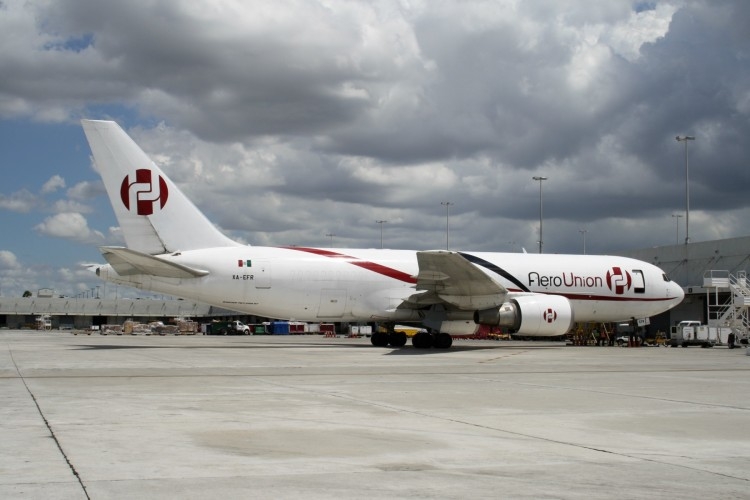
Freighter flights, pharma shipments drive Miami Airport’s cargo traffic in H1 2017
<p style="text-align: justify;">August 18, 2017: Following an increase of less than one percent in cargo shipments in 2016, <a title="Miami International Airport" href="http://miami-airport.com/" target="_blank">Miami International Airport</a> (MIA) grew freight tonnage by nearly 5 percent in the first half of 2017. With a 4.8 percent overall growth, MIA saw an 8.3 percent increase in domestic freight […]

August 18, 2017: Following an increase of less than one percent in cargo shipments in 2016, Miami International Airport (MIA) grew freight tonnage by nearly 5 percent in the first half of 2017. With a 4.8 percent overall growth, MIA saw an 8.3 percent increase in domestic freight and 3.7 percent growth in international cargo from January to June.
In the first half of 2017, cargo tonnage on Middle East carriers experienced a 114 percent growth as compared to the same time last year. Though traffic on Latin American and Caribbean carriers increased 2.7 percent overall cargo on Mexican carriers alone rose 308 percent. Freight on European carriers grew 11.7 percent and that on Asian carriers was 10 percent.
“Miami has long been known as the Gateway to Latin America, but we are undoubtedly evolving from a regional hub to a truly global trade and logistics gateway,” said Carlos A Gimenez, mayor, Miami-Dade. “MIA’s growth in business, reach, and prominence is just another example of that.”
The increase in cargo tonnage can be partially attributed to the attraction of several new freighter airlines to MIA, the most recent of which were Mexican airline AeroUnion and Qatar Airways.
The airport developed a number of significant security and infrastructure improvements to ensure cargo shipments are properly handled. The gateway became the first airport in the US, and only the second in the world, to be certified as a pharmaceutical freight hub by the International Air Transport Association (IATA) in 2015. The volume of pharma freight at MIA jumped 48 percent in value year-over-year to $4.4 billion in 2016.
MDAD organized a first wave of six pharma logistics providers at MIA to undergo IATA’s Center of Excellence for Independent Validators (CEIV) Pharma Certification Programme, certifying that pharma products are transported in accordance with global best practices. To date, the number of companies making up the pharma hub community at MIA has grown to nine.
Through a partnership with IATA, MIA became one of the first six U.S. cargo hub airports in 2016 to launch the e-AWB 360 campaign – a global effort to eliminate printing costs, replace manual data entry with a more efficient and reliable digital system, and pave the way toward a completely e-freight cargo industry.
Also in 2016, through a permit approved by the US Department of Agriculture (USDA), MIA diversified its cargo business with Florida’s first-ever ocean-to-air perishables trans-shipment program, which allows the airport to receive perishable freight imports by sea to then be moved by air.
The gateway has some other plans in the pipeline and hopes to roll out soon to help strengthen its position as a global cargo hub. One of which is a Foreign Trade Zone magnet site designation, which upon approval would allow a variety of manufacturers to lease vacant property at MIA and have their tariffs deferred, reduced or eliminated.
Also, the first phase of MIA’s Cargo Optimisation, Redevelopment and Expansion (CORE) Programme, a comprehensive concept to renovate MIA’s cargo infrastructure and double its capacity.
“To grow our cargo tonnage by nearly five percent overall is significant, especially when you consider that some South American economies are still rebounding from a difficult year in 2016,” said Emilio T González, director, Miami-Dade Aviation.
“We’re confident in the work and attention we’ve invested into – and continue to devote to – enhancing our cargo operations at MIA and look forward to closing 2017 with even stronger numbers.”

